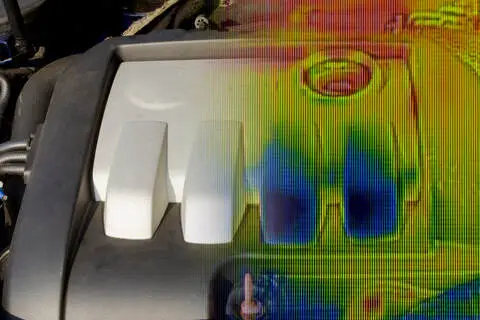Standards for office ergonomics, the design of workspaces, and the work environment help employers and employees maintain productivity and safe working conditions. Office ergonomics standards provide guidance to designers of office space, workstations and office equipment. Facility managers and safety officers are also concerned with these standards as back, neck, and spinal injuries, and repetitive stress injuries impact performance and attendance. The standards cover visual displays and computer keyboards, office chairs and desks as well as office environmental factors such as lighting, noise, ventilation and temperature that affect significant numbers of people.
A selection of office ergonomics standards are listed here that specifically deal with office work. Some are applicable to tasks common in many types of offices and across widely differing industries such as telecommunications, medical or scientific. Combined with training, awareness and other good practices, these standards can help improve the workplace.















